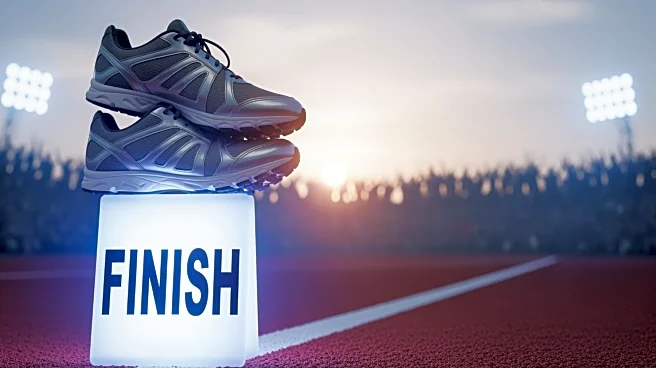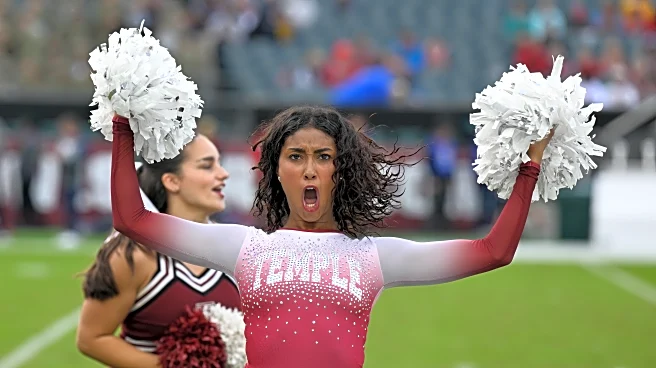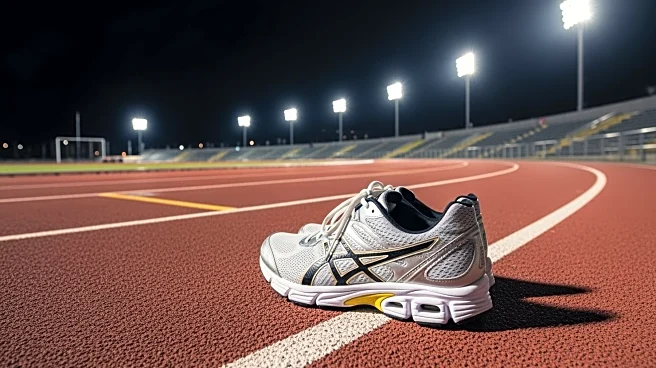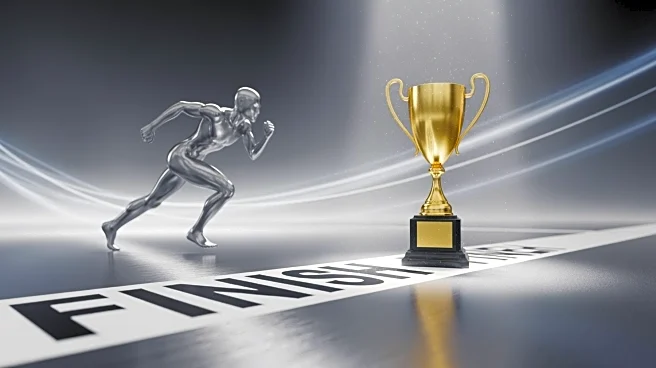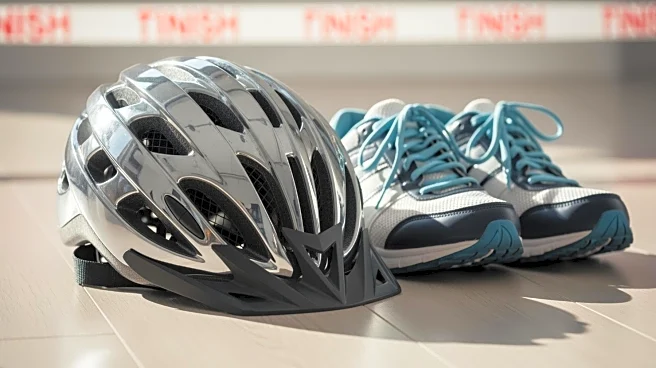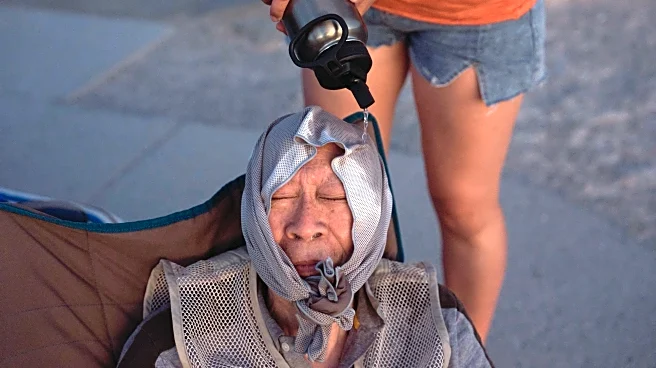What's Happening?
Natalie Grabow, an 80-year-old grandmother from New Jersey, made history by becoming the oldest woman to complete the Ironman World Championship in Hawaii. Despite facing challenges such as rough waves
and intense humidity, Grabow finished the triathlon, which includes a 26.2-mile run, 112-mile bike ride, and 2.4-mile swim, in 16 hours, 45 minutes, and 26 seconds. Her achievement underscores the importance of staying active and consistent in physical activities, regardless of age. Grabow attributes her success to rigorous training, mental resilience, and constant self-evaluation during the race.
Why It's Important?
Grabow's accomplishment highlights the potential for older adults to engage in demanding physical activities, challenging stereotypes about aging and fitness. Her story may inspire others to pursue active lifestyles, promoting health and longevity. As the population ages, such examples can influence public health policies and encourage the development of programs that support physical activity among seniors. Grabow's achievement also emphasizes the mental benefits of physical fitness, reinforcing the connection between physical and mental health.
What's Next?
Following her success, Grabow plans to continue participating in Ironman races, potentially aiming to match the record of the oldest woman to complete an Ironman at age 82. Her ongoing involvement in triathlons may inspire more seniors to engage in competitive sports, leading to increased participation and support for age-inclusive athletic events. Additionally, her story could prompt discussions on the accessibility and safety of such events for older participants.
Beyond the Headlines
Grabow's journey reflects broader societal shifts towards recognizing the capabilities of older adults and valuing their contributions to sports and fitness. Her achievement may encourage a reevaluation of age-related barriers in competitive sports, fostering inclusivity and diversity. As more seniors participate in athletic events, there could be increased demand for tailored training programs and resources that address the unique needs of older athletes.
